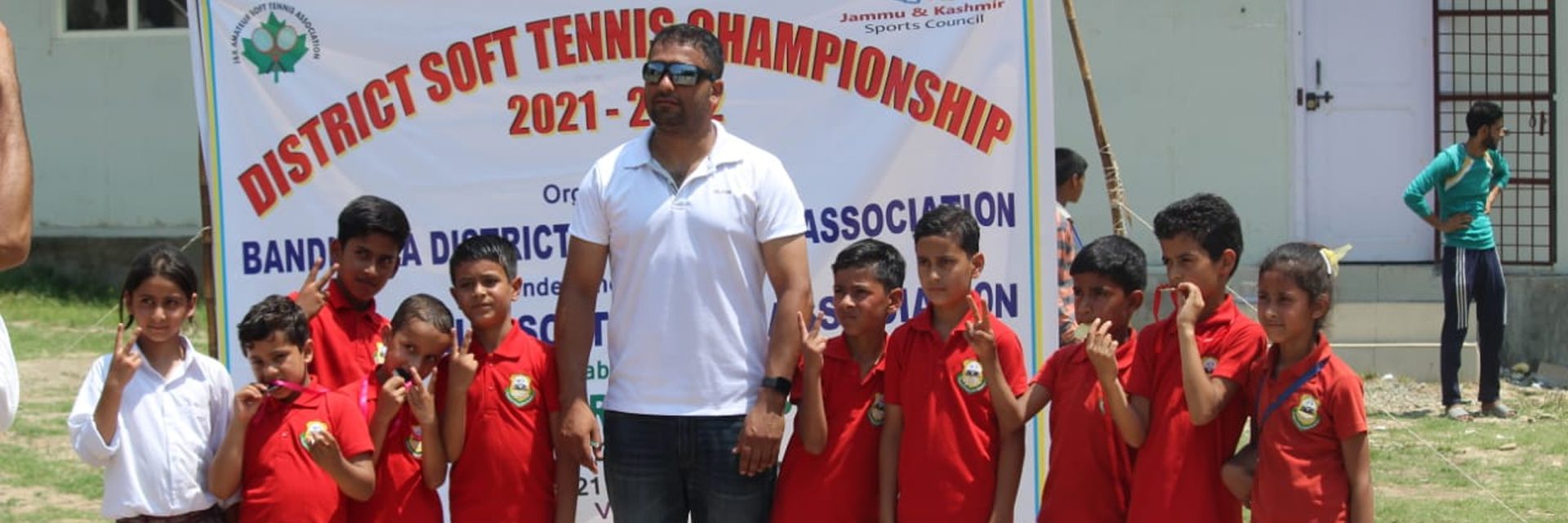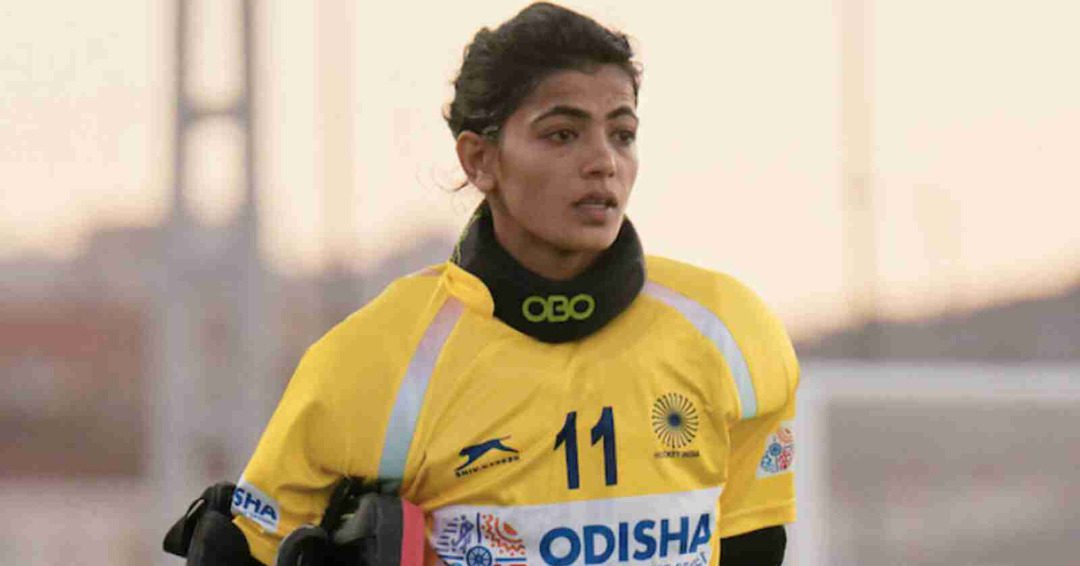(January 30, 2024) “I don’t think just in tennis. People all over the world, being 40 and above, I think it’s just going to inspire them in a different way,” said 43-year-old Rohan Bopanna who created history by becoming the oldest male tennis player in the Open era to ever win a Grand Slam Title.
Bopanna and his partner, Matthew Ebden, won the Australian Open men’s doubles tournament on 27th January 2024. Bopanna from India and Ebden from Australia secured a 7-6(0) 7-5 win against Italians Simone Bolelli and Andrea Vavassori. Their strong serving display was evident as they successfully held throughout the match without conceding a breakpoint. Securing the victory, Bopanna and Ebden earned 730,000 Australian dollars in prize money. Bopanna’s portion amounts to 365,000 AUD, equivalent to ₹1.99 crore.

Rohan Bopanna with Matthew Ebden at the Australian Open men’s doubles tournament
“Without a doubt the best moment in my career,” an elated Bopanna said after the big win. There couldn’t have been a better start to 2024 for the ace player, who has also been shortlisted for the Padma Shri award this year.
Never quit – message to all
“I had thoughts of quitting and stopping, but to just persevere and enjoy what I was doing, I think, was the best thing I told myself”, said Bopanna. His victory as a player over 40 years of age serves as an inspiration not just for sports people but individuals from all walks of life. And it has been an arduous journey too. “For years and years, I’ve been trying to, you know, get there. I mean, the hurdle was tough.”
Bopanna’s achievement of winning a men’s doubles grand slam title this month marked his 61st attempt, setting a new record in the Open era. At the end of all, the attitude of being persistent paid off as he made history as the oldest tennis player ever to reach the world No.1 ranking at 43 years and 329 days.

Rohan Bopanna
“Age truly really is not even a number for this guy,” his partner Matthew Ebden at the Australian Open remarked. “He’s young at heart, he’s a champion, he’s a warrior. He’s fought hard by my side this whole past year.”
The magic of Iyengar yoga
Bopanna credits Iyengar yoga for much of his success in the latter part of his career, acknowledging its role in enhancing the strength of his legs and body, and sharpening his focus on the court.
He was on the verge of retirement in 2019. He used to take two to three painkillers a day as his knees had almost gone bust.
“I have no cartilage in my knees. They’re both worn out from wear and tear,” Bopanna said in an interview. “Unfortunately, you can’t go and buy cartilage anywhere.” The sportsman tried many things to pull himself out of bad shape. “I tried to do the PRP (platelet rich plasma), hyaluronic (injection) and other stuff. Nothing kind of really worked,” he shared.

Rohan Bopanna
It was during lockdown that Bopanna discovered Iyengar yoga. It is different from other forms of yoga as the discipline makes use of props and emphasises on body alignment. “That made a huge, huge difference.”
It not just strengthened the player’s legs, and the overall body, but also made him calmer. “I don’t feel rushed on the tennis court anymore,” Bopanna shared.
Slowly and steadily winning the race
Born in 1980, the son of a coffee planter, Bopanna had started learning tennis at the age of 11. By the time he turned 19, he committed to pursuing it professionally. In 2003, he entered the professional circuit securing his inaugural ATP title in 2008, emerging victorious at the Los Angeles Open alongside Eric Butorac.
During the initial years of his career Bopanna enjoyed a very famous partnership with Pakistan’s Aisam-ul-Haq Qureshi for several years. The pair was popularly known as the ‘IndoPak Express’.
In 2012 and 2015, the player reached the ATP World Tour Finals with different partners. He clinched two significant doubles titles at the 2017 French Open mixed doubles with Gabriela Dabrowski, joining the ranks of popular Indian tennis stars like Mahesh Bhupathi, Leander Paes, and Sania Mirza. Bopanna boasts an impressive tally of 24 doubles titles on the ATP Tour, which includes five victories at the Masters 1000 level.

Rohan Bopanna
His triumph at the 2023 Indian Wells Masters marked a significant milestone as he became the oldest player to secure a Masters title. Additionally, Bopanna has been an integral part of the Indian Davis Cup team since 2002 and has represented India at the 2012 and 2016 Olympic Games.
Giving back
When the player is not sweating it out at court, he enjoys spending time with family at Bengaluru. He runs a popular restaurant in partnership there.
Rohan contributes a portion of the proceeds from the sales of ‘Stop War Start Tennis’ merchandise from his merchandising business to the non-profit ‘GoSports Foundation.’ Additionally, in his hometown Coorg, he actively raises funds for a school, catering to the educational requirements of physically challenged children. He has also been supporting the Coorg Institute of Dental Sciences, which offers affordable dental care and organises numerous free health and awareness camps.
No plans to retire
In his best form ever, the tennis player has no intention of retiring from the game in the near future. “I am playing the best tennis of my life now,” he remarked. “As long as I’m enjoying and playing my best tennis, I don’t see there is any reason to really stop at the moment.”

Rohan Bopanna
Calm and more composed, a state of mind that he has cultivated over the years, Rohan Bopanna starts off his day with meditation. It keeps him refreshed for the rest of the day.




